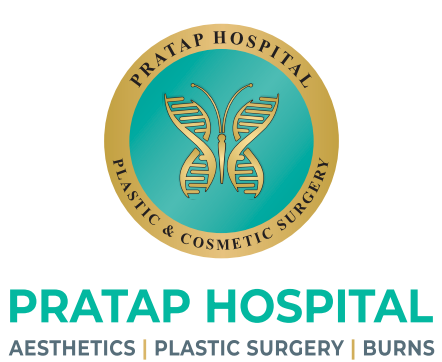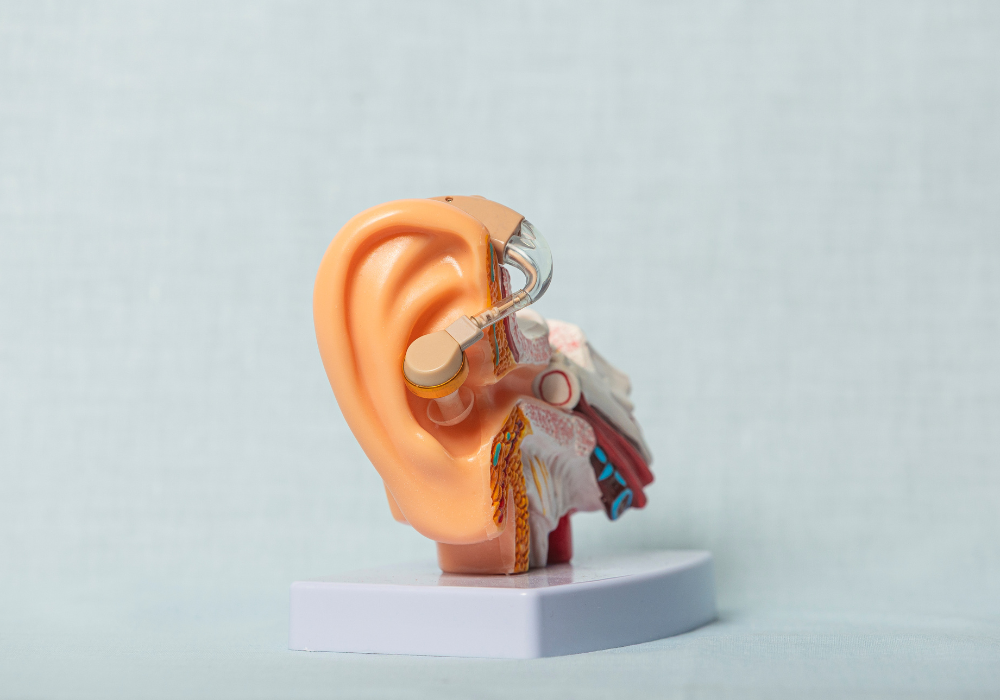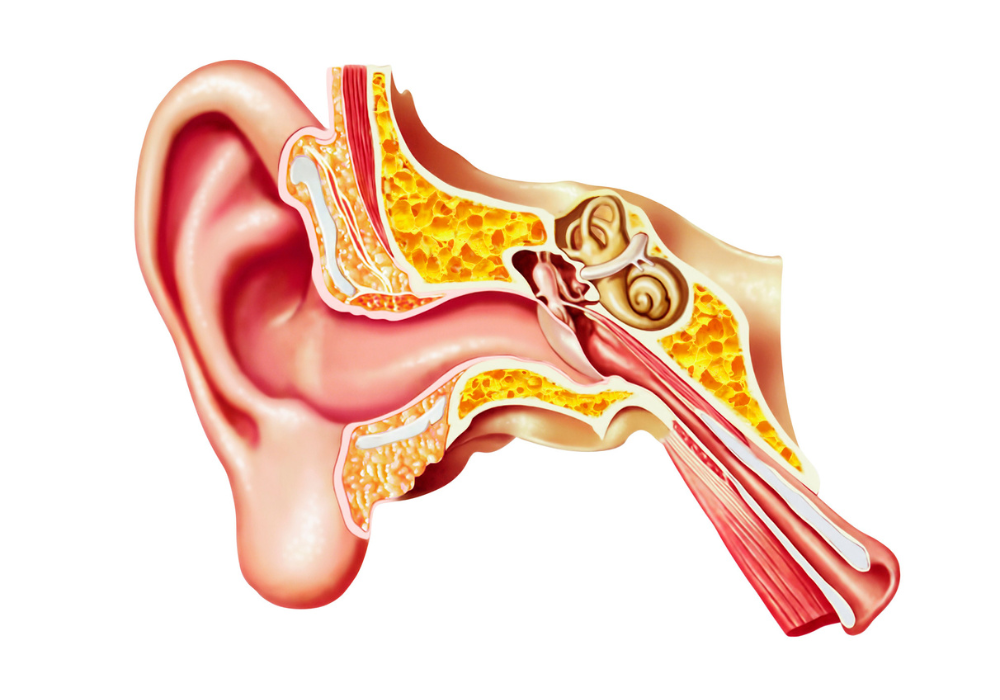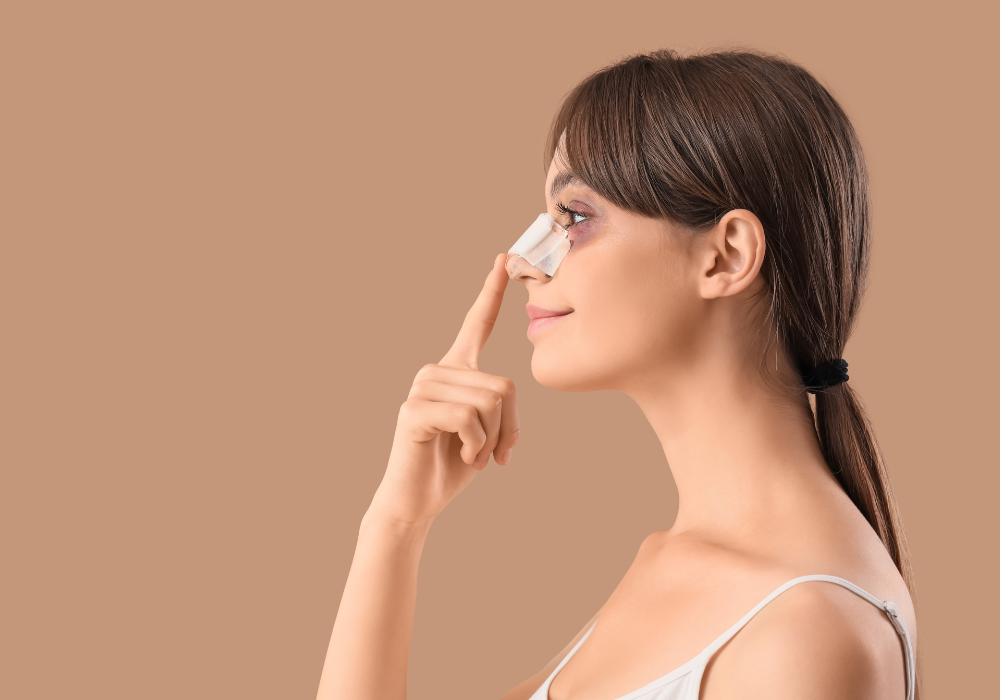
- Home
- About Us
- Surgical
- Non Surgical
- Burns
- Maxillofacial
- Gallery
- Testimonials
- Contact Us
Ear Counter Correction — Precise, Natural & Symmetry-Restoring Ear Reconstruction
At Pratap Hospital, Dr. Pratap Duggirala (M.S., M.Ch) offers advanced and highly precise Ear Counter Correction (Revision Ear Correction / Secondary Otoplasty) for patients unhappy with ear shape, projection, asymmetry, trauma-related deformities, or results from previous surgeries.
With over 15 years of expertise in aesthetic reconstruction, cartilage reshaping, microtechnique suturing, and delicate ear anatomy, Dr. Pratap is known for achieving natural, balanced, and long-lasting ear aesthetics.
Patients trust Dr. Pratap because he blends fine surgical craftsmanship, anatomical accuracy, and artistic contouring to restore ear symmetry, shape, and proportions that harmonize with the face.

- Overview
- Why People Choose Dr. Pratap for Ear Counter Correction
- Pre-Surgical Evaluation
- Surgical Techniques Used
- The Surgical Process
- Frequently Asked Queries
Ear counter correction involves reshaping or correcting the ear to improve:
Prominent or protruding ears
Asymmetrical ear projection
Previous unsatisfactory ear surgery results
Trauma-induced ear deformities
Cartilage shape irregularities
Fold abnormalities (anti-helical fold issues)
Earlobe contour deformities
This procedure enhances both cosmetic appearance and facial balance, giving the ears a more natural and aesthetically pleasing shape.
✓ Expert in Aesthetic Cartilage Reshaping
Specialized in refining and sculpting ear cartilage for natural contours.
✓ Advanced Techniques for Revision Cases
Ideal when previous ear surgeries failed or created irregularities.
✓ Precise Symmetry Correction
Ensures both ears match in shape, height, angle, and projection.
✓ Minimal-Scar, Natural-Looking Results
Incisions are hidden behind the ear, ensuring excellent cosmetic outcomes.
✓ Specialist in Trauma & Congenital Ear Deformities
Expertise in handling complex ear defects and post-traumatic corrections.
✔ Ear Measurement & Mapping
Projection angle
Symmetry assessment
Fold definition
Earlobe shape
Cartilage strength
✔ Skin & Cartilage Quality Check
Important for deciding suturing vs cartilage reshaping.
✔ Previous Surgery Analysis
For revision cases, Dr. Pratap studies scar tissue and cartilage stability.
✔ Surgical Planning
Includes:
Anti-helical fold creation
Cartilage scoring/reshaping
Setback angles
Earlobe contour correction
A tailored, patient-specific plan ensures balanced and natural results.
• Cartilage Reshaping / Scoring
For creating smooth, natural curvature of the ear.
• Mustardé or Furnas Sutures
Used to reduce projection and strengthen folds.
• Ear Setback Techniques
Bringing forward-projecting ears closer to the head.
• Revision Otoplasty
Correcting asymmetry or deformity from previous surgeries.
• Earlobe Correction
Fixing elongated, stretched, or uneven lobes.
• Scar Revision
For patients with visible marks from earlier procedures.
All techniques are executed with fine, delicate precision to maintain natural appearance.
Step 1: Marking & Design
Ear contours, folds, and projection angles are mapped precisely.
Step 2: Local or General Anesthesia
Ensures comfort throughout the procedure.
Step 3: Cartilage Reshaping
Folding
Scoring
Suturing
Removing excess cartilage (if needed)
Step 4: Symmetry Adjustment
Both ears are matched meticulously for perfect balance.
Step 5: Fine Suturing & Closure
Hidden sutures ensure minimal scarring.
Step 6: Dressing & SupportBand
A protective band is applied to maintain the new cartilage shape.
Recovery is quick, and most patients resume daily activities within 3–5 days.
1. Will the results look natural?
Yes. Dr. Pratap focuses on natural curvature, balanced shape, and correct ear projection.
2. Is ear correction painful?
Very minimal discomfort; most cases are comfortably done under local anesthesia.
3. Can both ears be corrected at once?
Yes, especially for symmetry and balanced facial proportions.
4. Is revision surgery possible if my previous otoplasty failed?
Absolutely — revision ear correction is one of Dr. Pratap’s key specialties.
5. Are the scars visible?
No. Incisions are placed behind the ear and heal extremely well.
6. When will I see the final result?
Initial improvement is immediate; final contour settles within 4–6 weeks.
Book a Consultation
If you’re considering rhinoplasty for aesthetic enhancement or breathing improvement, schedule a consultation at Pratap Hospital today.
Our team will guide you through every step — from evaluation and planning to surgery and recovery — ensuring safe, effective, and natural results.
📍 Pratap Hospital — Reconstructive, Aesthetic & Microsurgery Centre
📞 Call / WhatsApp: +91 94929 69899
📧 Email: drpratapshospital@gmail.com

Before And After Results















